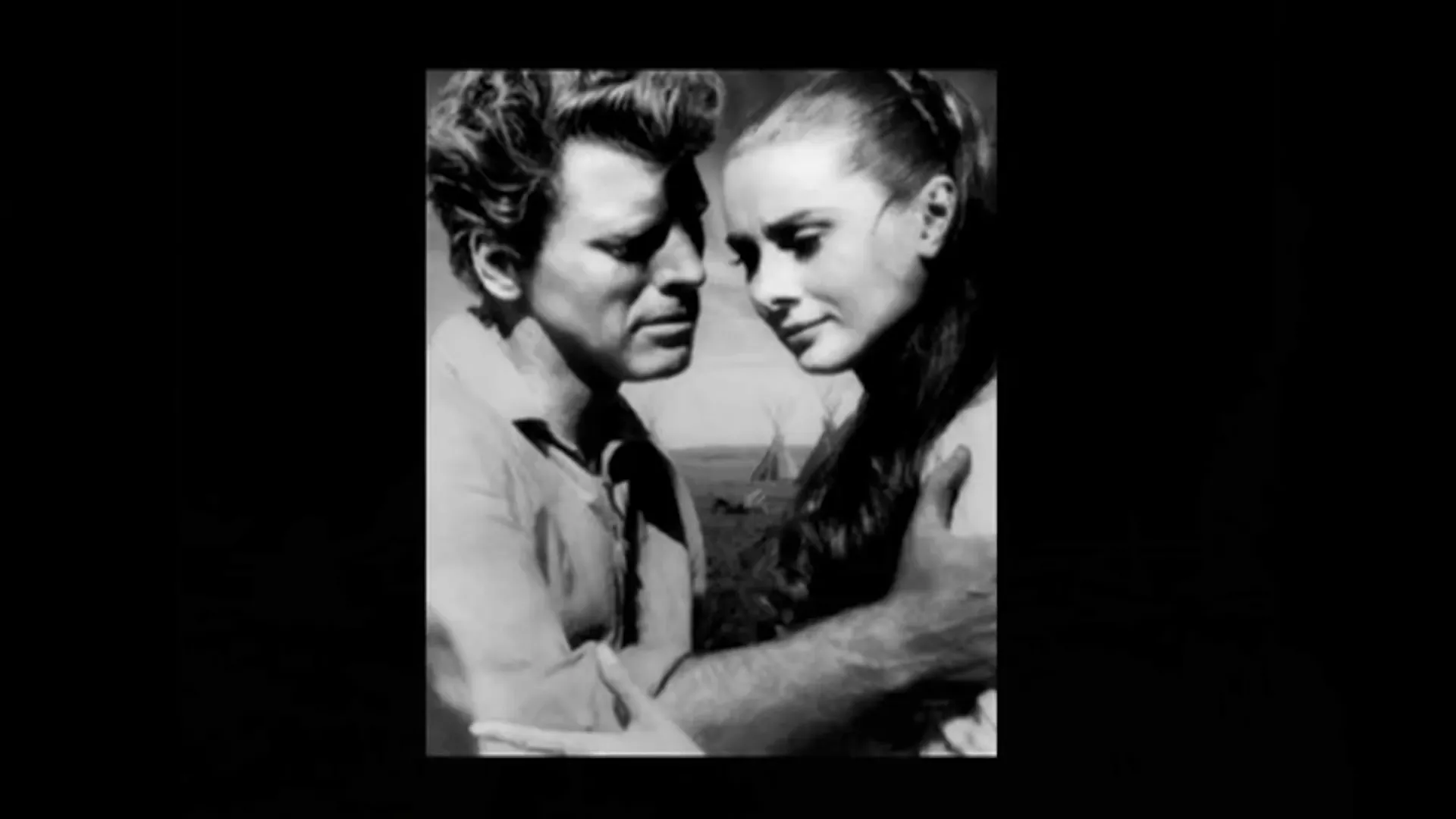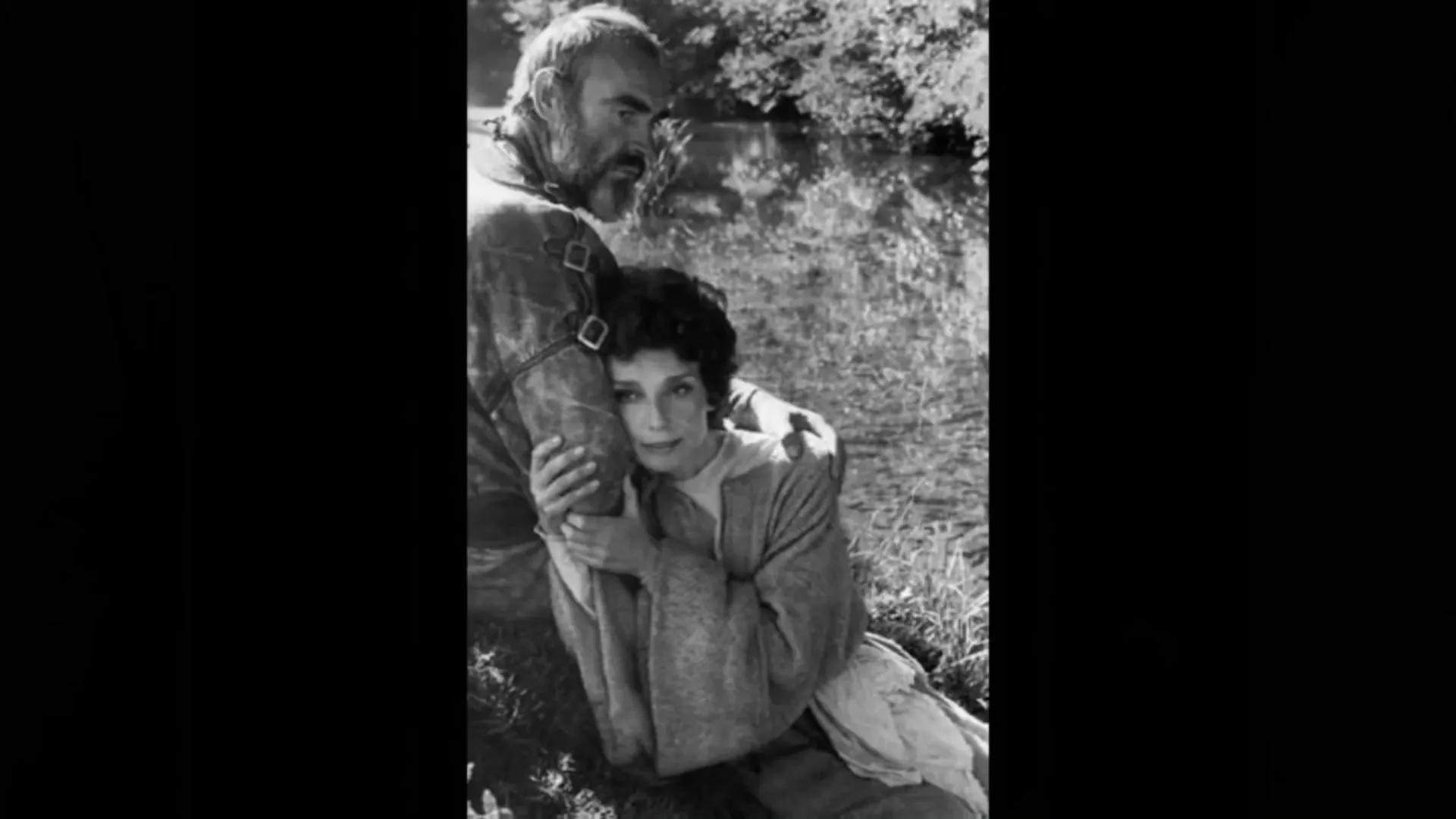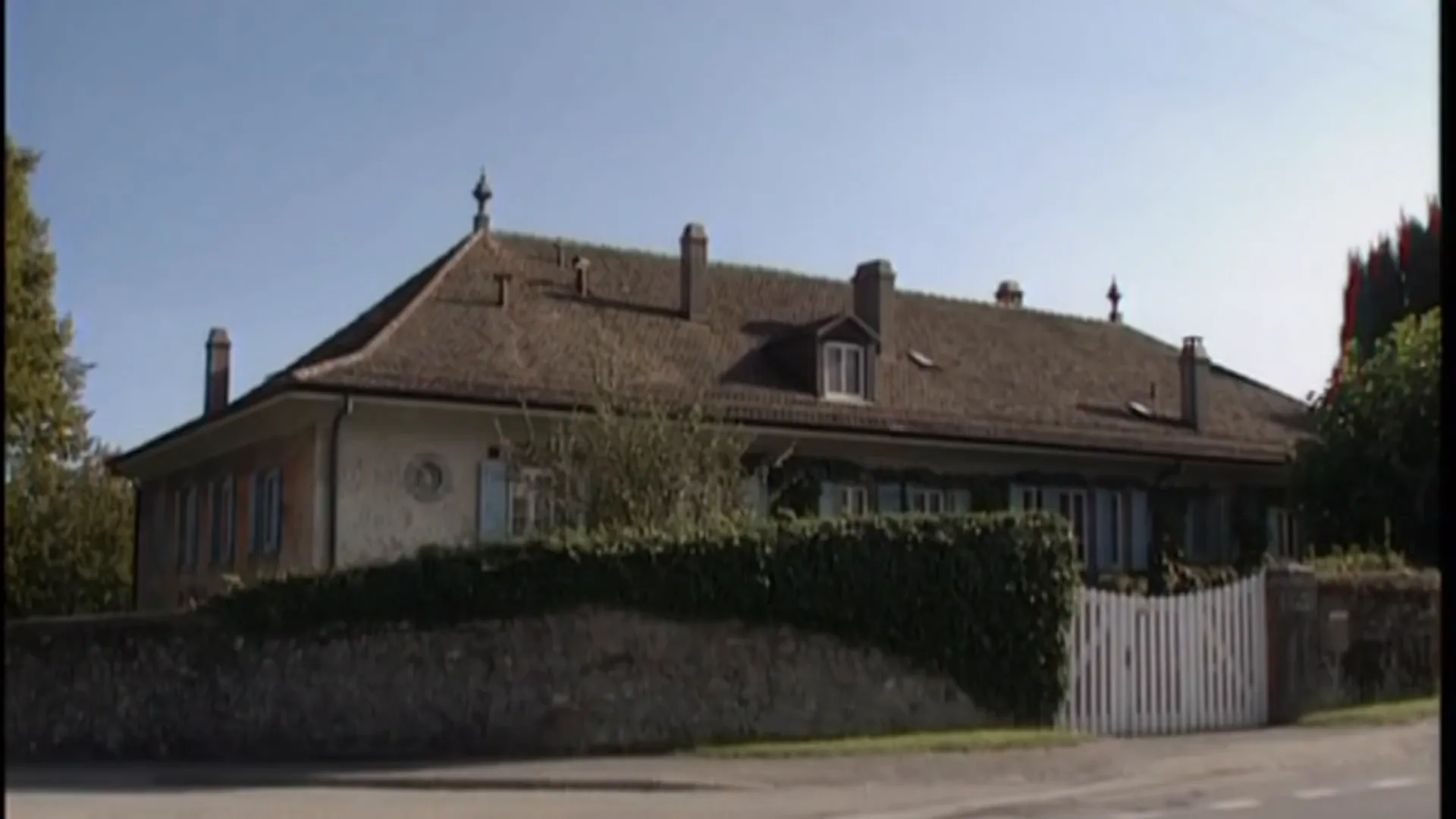Audrey Hepburn remains an enduring symbol of elegance and grace, her life story resembling that of a fairy tale. Yet, beneath the glamour lay a tale of resilience, compassion, and a commitment to making the world a better place. This blog explores the fascinating journey of Audrey Hepburn, from her privileged beginnings to her impactful humanitarian work.
The Fairy Tale Begins
Audrey Hepburn's life story is a captivating narrative that begins in Brussels, Belgium, on May 4, 1929. Born into a family of noble heritage, she was destined for a life that would intertwine elegance with profound challenges. Her mother, Ella van Ginstra, was a Dutch baroness, while her father, Joseph Ruston, claimed lineage from James Hepburn, the fourth Earl of Bothwell. This noble background added a layer of intrigue to her early life.

A Noble Heritage
Growing up in a well-to-do family, Audrey was surrounded by the trappings of aristocracy. Her lineage traced back to King Edward III, which imbued her with a sense of identity and responsibility. However, this privileged upbringing was juxtaposed against the backdrop of a crumbling family dynamic.
Her father’s decision to adopt the Hepburn name created a new chapter in her life, and Audrey became known as Audrey Hepburn-Ruston. This name would soon become synonymous with grace and talent.

Early Life Challenges
Despite her noble birth, Audrey's childhood was marred by hardship. Her parents’ tumultuous marriage took a toll on her, leading to her father's abandonment when she was just six years old. This traumatic experience shaped her understanding of love and relationships.
The rise of Adolf Hitler and the onset of World War II added further complexity to her young life. Audrey's family fled to the safety of the Netherlands, where they faced the harsh realities of war. The emotional scars from these early life challenges would linger throughout her life.

The Rise of a Star
As the war ended and life began to normalize, Audrey emerged from her hardships with remarkable resilience. At 18, she made her film debut as an air hostess in a short educational film. This was just the beginning of her illustrious career.
Her talent was quickly recognized, and she won a scholarship to a prestigious ballet school in London. Here, Audrey honed her skills and developed a striking presence that photographers and audiences alike would adore.
From Ballet to Broadway
Despite being warned that her height would hinder her ballet career, Audrey transitioned into acting. Her breakout role came in the Broadway production of "Gigi," where her performance captured the attention of the author Colette, who famously declared, "You are my Gigi." This pivotal moment marked Audrey’s ascent into stardom.

The Impact of War
Audrey's experiences during the war profoundly influenced her life and career. The pain of hunger and suffering she witnessed left an indelible mark on her spirit. These experiences instilled in her a deep compassion for the less fortunate, shaping her future endeavors in humanitarian work.
As she rose to fame, Audrey never forgot the struggles of her childhood. Her commitment to alleviating the suffering of children around the world became a cornerstone of her legacy.

A New Identity
With her newfound fame, Audrey embraced her identity as a performer and humanitarian. She became a symbol of hope and resilience, using her platform to advocate for those in need. Her work with UNICEF allowed her to travel to war-torn regions, where she witnessed firsthand the plight of children affected by conflict.
Audrey's ability to connect with people, regardless of their circumstances, was a testament to her character and compassion. She transformed her pain into purpose, dedicating herself to making a difference.
Hollywood's New Darling
Audrey Hepburn's ascent to stardom was nothing short of meteoric. She quickly became a unique presence in a landscape filled with glamorous leading ladies. Unlike the conventional Hollywood starlet, Audrey's charm lay in her authenticity and relatability.

A New Kind of Star
Director Billy Wilder famously remarked that after a series of glamorous blondes, Audrey's innocent and unpretentious nature was a refreshing change. Her self-deprecating humor about her looks only endeared her to fans more. She often expressed insecurities about her appearance, stating that she felt too thin or that her features were unconventional.
Nevertheless, she captivated audiences worldwide, proving that beauty is more than skin deep. Her genuine personality resonated with both men and women, establishing her as a beloved figure in Hollywood.

The Launch of a New Era
After the success of "Roman Holiday," Paramount Pictures wasted no time in capitalizing on Audrey's newfound fame. The film adaptation of the stage play "Sabrina Fair" showcased her versatility, pairing her with Hollywood icons William Holden and Humphrey Bogart.
In this film, Audrey's character undergoes a transformation from a simple chauffeur's daughter to a sophisticated woman, symbolizing her own rise in the industry. The collaboration with Bogart and Holden not only solidified her status but also marked the beginning of enduring friendships.

A Fashion Icon Emerges
One of the most significant aspects of Audrey's career was her relationship with the fashion world, particularly her collaboration with designer Hubert de Givenchy. For "Sabrina," director Billy Wilder wanted something extraordinary for Audrey's character, which led to her first meeting with Givenchy.
Audrey's delicate appearance and innate sense of style perfectly matched Givenchy's vision, creating an iconic partnership that would influence fashion for decades. The designs were not just clothes; they were extensions of her personality, enhancing her on-screen presence.

The Love Story with Mel Ferrer
Audrey's personal life was as captivating as her cinematic roles. Her relationship with actor and director Mel Ferrer began when she was introduced to him by Gregory Peck, her first leading man. Despite Ferrer's controlling nature, Audrey found solace in his protective demeanor.

The Stage and the Screen
Audrey and Mel's romance blossomed on and off stage as they worked together in the play "Ondine." Her performance in this role earned her critical acclaim, culminating in a Tony Award for Best Actress in 1954. That same year, she also garnered an Oscar for "Roman Holiday," marking a remarkable achievement in her career.
In September 1954, they married in a picturesque ceremony in Switzerland, solidifying their bond. For Audrey, Mel represented a sense of stability, especially after the loss of her father during her childhood.

The Heartbreak of Motherhood
Always nurturing, Audrey longed to be a mother. She fondly recalled how, as a child, she would rush to hug strangers' babies, much to her mother's embarrassment. Shortly after her marriage to Mel, she discovered she was pregnant, a joy that was tragically short-lived when she suffered a miscarriage in early 1955.
This loss profoundly affected Audrey, but with Mel's encouragement, she threw herself back into her work, starring in several films, including the epic "War and Peace," where they acted together.

Iconic Roles and Fashion Influence
Audrey's filmography continued to flourish as she took on various roles that showcased her range as an actress. Her next film, "Funny Face," allowed her to explore her love for fashion, music, and dance, pairing her with the legendary Fred Astaire.

A Celebration of Fashion and Art
"Funny Face" was a visual spectacle, featuring stunning Parisian backdrops and exuberant dance numbers. The film's narrative revolved around a highbrow girl caught up in the glamorous world of fashion, allowing Audrey to shine both as an actress and a style icon. Her performances in these roles were not just entertaining; they were cultural milestones that influenced fashion trends.
The collaboration with Richard Avedon as the visual consultant further elevated the film's aesthetic, making it a timeless classic that continues to inspire fashion today.

Challenging Yet Rewarding Roles
After "Funny Face," Audrey tackled more serious roles, including her performance in "Love in the Afternoon" with Gary Cooper. However, it was her portrayal of a Belgian nun in "The Nun's Story" that many consider her finest work. This role required her to delve deeply into the character's psyche, facing moral dilemmas and personal struggles.
Audrey prepared extensively for this role, immersing herself in the life of a nun, which added depth to her performance. Her commitment to authenticity resonated with audiences, showcasing her dedication to her craft.

The Nun Story: A Personal Journey
"The Nun's Story" became a pivotal moment in Audrey's career, reflecting her own humanitarian beliefs. Through her character's journey, she explored themes of compassion, commitment, and the moral complexities faced in life.
Audrey's dedication to her role was evident as she spent time in convents, learning about the lifestyle and observing the behavior of the nuns. This experience profoundly impacted her, igniting a passion for humanitarian work that would define her later years.

A Humanitarian at Heart
The emotional journey she undertook while making "The Nun's Story" stirred something deep within Audrey. Although she never overtly expressed religious beliefs, her respect for life and her commitment to helping those in need became the cornerstone of her legacy. This film was not just a career highlight but a personal awakening that led her to dedicate herself to humanitarian efforts.
As she transitioned from actress to humanitarian, Audrey's work with organizations like UNICEF allowed her to make a tangible difference in the lives of children worldwide. Her experiences on-screen mirrored her desire to help others, solidifying her status as a beloved figure both in film and philanthropy.

Struggles in Film and Personal Life
Audrey Hepburn’s journey through the film industry was not without its challenges. After her early successes, she faced a series of setbacks that tested her resilience. Following her acclaimed performances and numerous accolades, she starred in “Green Mansions” alongside Anthony Perkins. Unfortunately, the film was a commercial failure, setting the tone for a difficult period.

Shortly after, Audrey took on the role in “The Unforgiven,” a Western that demanded extreme physicality, including numerous horseback scenes. Filmed in a harsh Mexican desert, the production was grueling. Compounding her challenges, Audrey discovered she was pregnant during filming, which added an emotional layer to her already demanding schedule.

Tragedy struck when she was thrown from her horse, resulting in a broken back. The accident left her in immense pain and fearful for her pregnancy. Miraculously, she did not lose the baby, but her recovery was slow and arduous.

Despite her injuries, Audrey returned to complete the film, displaying her unwavering dedication. However, shortly after the birth of her first son, she faced the heartbreak of losing a second child, which cast a shadow over her early motherhood experience.

A New Chapter: Robin and Marion
Years later, after a significant hiatus from the silver screen, Audrey was drawn back to acting by the role of Lady Marian in “Robin and Marion.” This film marked a pivotal moment in her career, as it not only reignited her passion for acting but also allowed her to showcase her maturity as an actress.

Teaming up with Sean Connery, Audrey received critical acclaim for her performance. The film’s exploration of love and loyalty resonated deeply with her own life experiences. This collaboration reminded audiences of her enduring talent and ability to evoke genuine emotion on screen.

UNICEF and Humanitarian Work
As her film career evolved, so too did Audrey’s commitment to humanitarian work. In 1988, she became a UNICEF Goodwill Ambassador, a role that allowed her to channel her passion for helping others. Her experiences in war-torn regions during her travels with UNICEF profoundly impacted her perspective on life.

Audrey’s trips to places like Somalia exposed her to the harsh realities faced by children in conflict zones. She passionately advocated for their needs, reminding the world of the silent suffering experienced by many. Her words carried weight, as she spoke not just from a place of privilege but from genuine empathy.

Despite the emotional toll these experiences took on her, Audrey remained steadfast in her mission. Her final trip to Somalia in 1992 was particularly harrowing, as she witnessed firsthand the devastating impact of famine and war. The images of suffering children haunted her, fueling her determination to make a difference.
The Final Years and Legacy
In the twilight of her life, Audrey’s health began to deteriorate. After returning from a UNICEF mission, she was diagnosed with colon cancer. The news was devastating, but she faced her illness with the same grace and dignity that characterized her life.

Audrey spent her remaining days surrounded by loved ones at her home, La Paisible, where she found solace in the simple joys of life. Her legacy, however, was far from diminished. Even in her final moments, she continued to inspire others through her humanitarian work.

Audrey Hepburn’s life was a tapestry woven with threads of struggle, triumph, love, and compassion. Her impact on the film industry and her unwavering dedication to humanitarian causes left an indelible mark on the world. Today, through the Audrey Hepburn Children’s Fund and her work with UNICEF, her spirit continues to touch lives, reminding us of the power of kindness and empathy.

